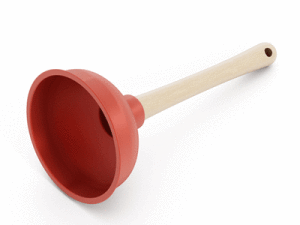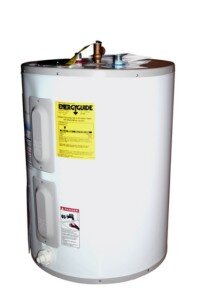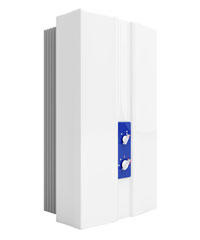Sooner or later, all homeowners will encounter a clogged drain. Depending on the cause of the clog and where it's located, you may experience anything from an annoying slow drain to a serious overflow and even flooding. Some clogs you'll be able to fix yourself; others will require professional attention. Here are some tips for either case.
Minor Drain Clog
Most minor drain clogs are caused by congealed food, soap and hair. More than likely you can fix a minor drain clog with some do-it-yourself remedies. Here are some of the most effective:
Pour a half cup of baking soda in the drain, followed by a cup of vinegar. Cap it off and let it foam for 10 minutes. Follow up by pouring boiling water down the drain.
Sometimes, simply pouring a pan of boiling water down the drain will loosen the clog. You may have to pour several pans to effectively loosen and move the clog.
Use a drain snake or hanger to reach into the pipe. Try to loosen or snag the clog.
Remove the P-trap underneath the sink. Clean it out and replace the trap, making sure that water flows freely through it.
Major Clogged Drain
You'll know when you have a major drain clog. The water won't drain from the sink, tub or appliance (dishwasher or washing machine) or else it may overflow, resulting in flooding. If the clog is in the sewer line, and is a result of grease, tree roots or collapsed pipes, you will need a plumber. If water is overflowing somewhere in your home, find the valve to the sink or appliance and turn it off. It's a good idea to also turn off the water at the main valve, probably located in the yard, near the street. Do not turn the faucets on until the plumber arrives.
For more information on clearing a clogged drain, contact Air Assurance. We provide quality service to residents of the Broken Arrow area.
Our goal is to help educate our customers in the Tulsa and Broken Arrow, Oklahoma area about energy and home comfort issues (specific to HVAC systems). Credit/Copyright Attribution: “cigdem/Shutterstock”









